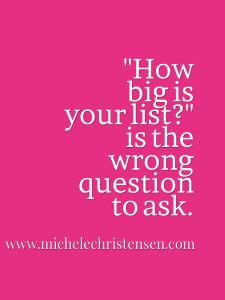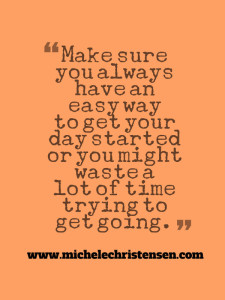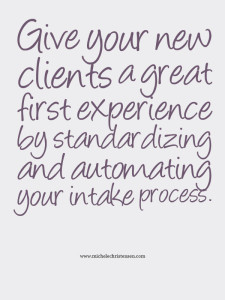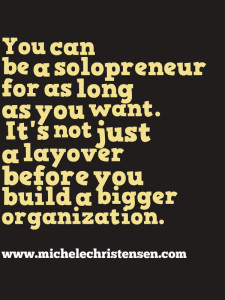 I’m a big believer in the power of email marketing and listbuilding. Whenever this topic comes up, the topic of list size also comes up. Some people have list size envy or even list size shame. Many times, when you first attempt to partner with someone list size is one of the first topics on the agenda.
I’m a big believer in the power of email marketing and listbuilding. Whenever this topic comes up, the topic of list size also comes up. Some people have list size envy or even list size shame. Many times, when you first attempt to partner with someone list size is one of the first topics on the agenda.
The problem is that “How big is your list?” is the wrong question to ask, especially if it’s the only one you ask. Why is this the wrong question to ask?
It’s the wrong question because it doesn’t give you the information you really want, which is “How many people are likely to see an email you send?” What you really want to know is “How many people typically open your emails?” That’s what will tell you how many potential customers could be reached.
Here’s an example:
A person with a list of 10,000 and an average 20% open rate will give you an average of 2,000 people opening and potentially reading an email. A person with a list of 20,000 but an 8% open rate will only have an average of about 1,600 people opening their emails. If you stopped at “How big is your list?” you would probably choose the person with the bigger list to partner with. It’s not until you explore how many people actually open emails that you realize that the person with the smaller list has a better chance of getting more people to open an email.
So, stop obsessing over list size! It’s the number of people who read the email that matters. Start paying as much attention to how many people open your emails as you do to how big your list is. When it’s time to work with someone else, make sure to ask the right questions of them as well.
Want more great information on listbuilding and email marketing? Sign up for a free video training at Get Your List Growing.







